Introduction
The electricity used to regulate the temperature for comfortable living accounts for around 30% of electricity consumption, and this electricity is produced using fossil fuels that contribute to global warming. Passive Radiative Cooling (PRC) technology is gaining traction as an alternative to address these issues. Compared to conventional cooling and heating technologies, PRC does not consume energy because heat is exchanged without a separate energy source, reduces greenhouse gas emissions because it does not use fossil fuels, and is applicable to various fields such as buildings, cars, and clothing. PRC is a technology that uses the principle of natural heat exchange to release heat without a separate energy source.1-4 It works by releasing heat from the surface of the liquid cooler (about 300 K) to space (3 K). The thermal energy emitted by a liquid cooler falls within the atmospheric window, a wavelength range of 8-13 microns that penetrates the atmosphere but is not absorbed by the molecules that make up the atmosphere, such as nitrogen, oxygen, and water vapor, so only energy in this wavelength range can reach space. The time of day when cooling is required is when the sun is strong and temperatures are high, such as in summer and during the day. During these times, the intensity of direct sunlight emitted by the sun can reach up to 1000 W/m2, and it is difficult to achieve PRC because solar energy cancels out the cooling effect. Therefore, the key is to design materials to reflect wavelengths in the range of (0.3-2.5 μm) and emit wavelengths in the atmospheric window5-8 [Figure 1(a), (b)]. Polymers with functional groups such as C-O, C-Cl, C-F, C-N, C-O-C, -CHO, and C=C emit energy in this wavelength region, and polymers have been used in PRC material development research due to their advantages in achieving high emissivity and relatively low cost compared to inorganic materials.9-12 Since PRCs emit energy into space, they can be applied in external conditions such as buildings, cars, and clothing. For these applications, research is needed on manufacturing process technologies to bond or coat the surface of the product13,14 [Figure 1(c)-(g)]. As global warming accelerates, PRC technology is attracting attention as a technology for realizing a sustainable energy society. It is expected to be widely used in various fields as technology advances in the future.

Materials Designs for Passive Radiative Cooling
PRC is used on the exterior of buildings, automotive coatings, and clothing, and PRC is applied through coatings, dyes, and paints in the direction of cooling while maintaining the properties of existing products. For this reason, passive radiation cooling has been shaped using polymers rather than research on inorganic materials alone, which can only be achieved through limited processes, and the design of polymer shapes and the design of materials used as additives to form passive radiation cooling performance. Typical polymers used as matrices for passive radiation cooling are Polydimethylsiloxane (PDMS) and polyvinylidene fluoride-co-hexafluoropropylene (PVdF-HFP). They are chosen for their high emissivity in the atmospheric window region, which is emitted due to the vibrations of the molecules. However, to achieve passive radiative cooling during the day, sunlight must be reflected, and this is achieved by laying an Ag substrate underneath to improve reflectivity15 [Figure 2(a), (b)]. Passive radiative cooling materials using Ag substrates are expensive and heavy, which limits their use. To overcome this, research is being conducted to improve cooling performance by designing the structure of polymers, and it has been reported that cooling performance has been improved through nanostructure patterning to improve the solar reflectance of polymers with high window emissivity in the atmosphere16 [Figure 2(c)]. Improvements in cooling performance have been reported by creating a hierarchically pores inside the matrix to enhance solar reflectance17,18 [Figure 2(d), (e)]. In addition, research was conducted on improving the cooling performance of polymers with low atmospheric window emissivity, and improvement in cooling performance during daytime was confirmed by using nanofiber layers as a solar reflection cover through electrospinning19 [Figure 2(f)]. A study was also reported to improve solar reflectance by making polyethylene (PE) into aerogel, and to improve cooling performance by manufacturing a composite film with an atmospheric window radiator attached underneath20,21 [Figure 2(g), (h)].
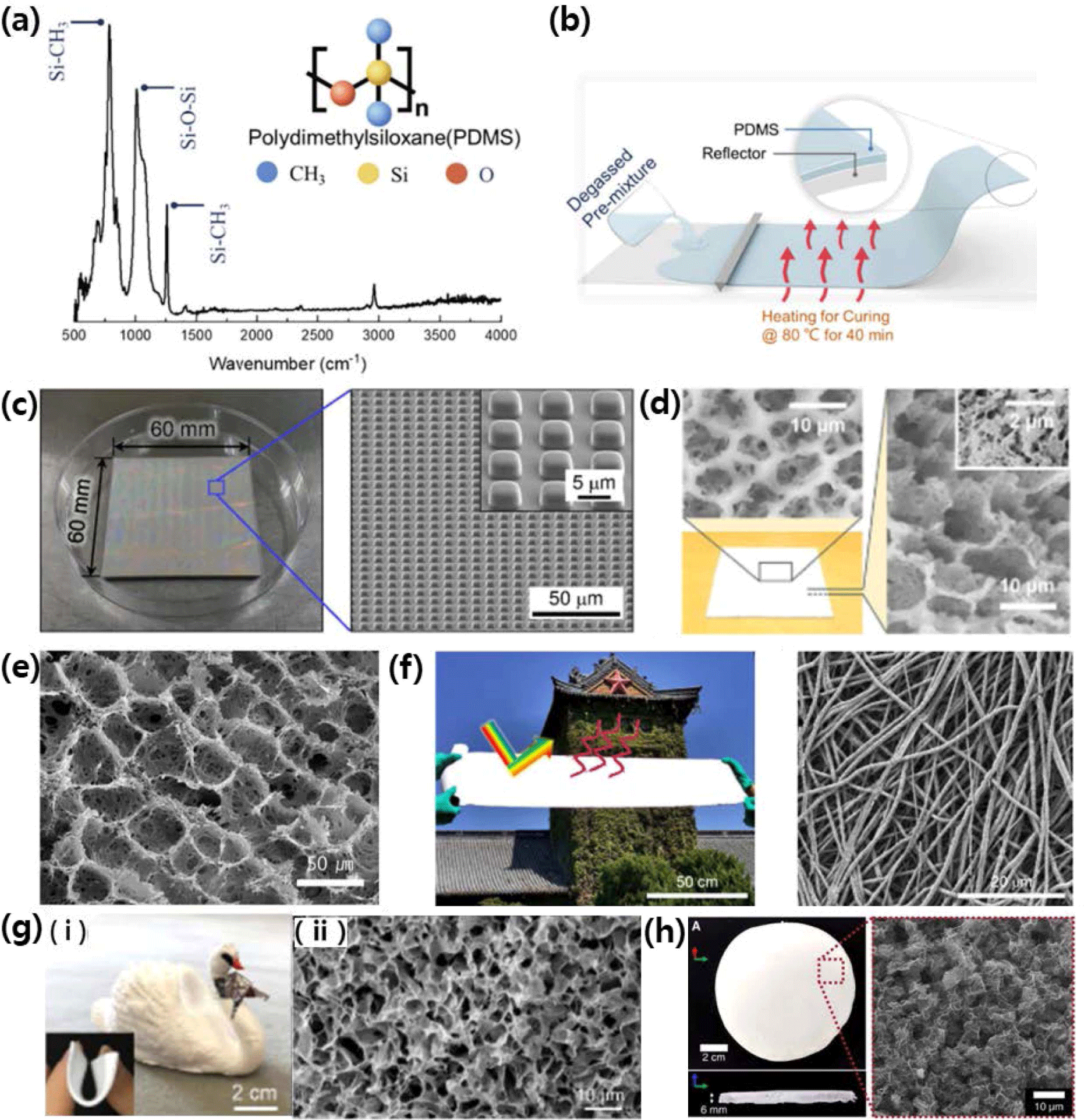
Current research trends are moving in eco-friendly directions, such as recycling and zero-energy research. In the case of research using polymers, there are reports of developing materials with improved properties through recycled polymers and additives, using recyclable materials to improve existing properties, and using biodegradable materials. PRC is also being studied using eco-friendly polymers. Using bio-degradable polylactic acid (PLA), a cooler with a hierarchical pore structure was developed, and it was confirmed that it cooled up to 9.5°C compared to solid PLA without pores, and biodegradation tests reported that it was completely degraded in 12 days22 [Figure 3(a), (b)]. PRC using recycled paper has been reported. An aerogel was prepared from the wastepaper, and a superhydrophobic aerogel was developed through vapor deposition. The aerogel was found to be 8.5°C cooler than the ambient temperature, and because it was superhydrophobic, it was not contaminated by the solution and could be easily removed with water if it contained foreign substances such as dust.23 It has also been reported that transparent PRC coolers are produced by casting in cellulose solution and white PRC coolers by electrospinning. Compared to a bare Si plate, the white PRC cooler cooled by an average of 15 degrees and the transparent PRC cooler cooled by an average of 5 degrees during daylight hours, confirming the difference in cooling performance depending on solar reflectivity24 [Figure 3(c)-(g)]. Study was reported in which a geopolymer was prepared by using coal and adding residual fly ash and inorganic oxides, and the cooling performance was evaluated with and without shape-stable composite phase change material (SSPCM). Although fly ash is not a cooling material, it is believed that energy harvesting through coal and recycling of by-products can be applied to PRC, and it is thought to be a foundation for PRC through other materials in the future25 [Figure 3(h)].
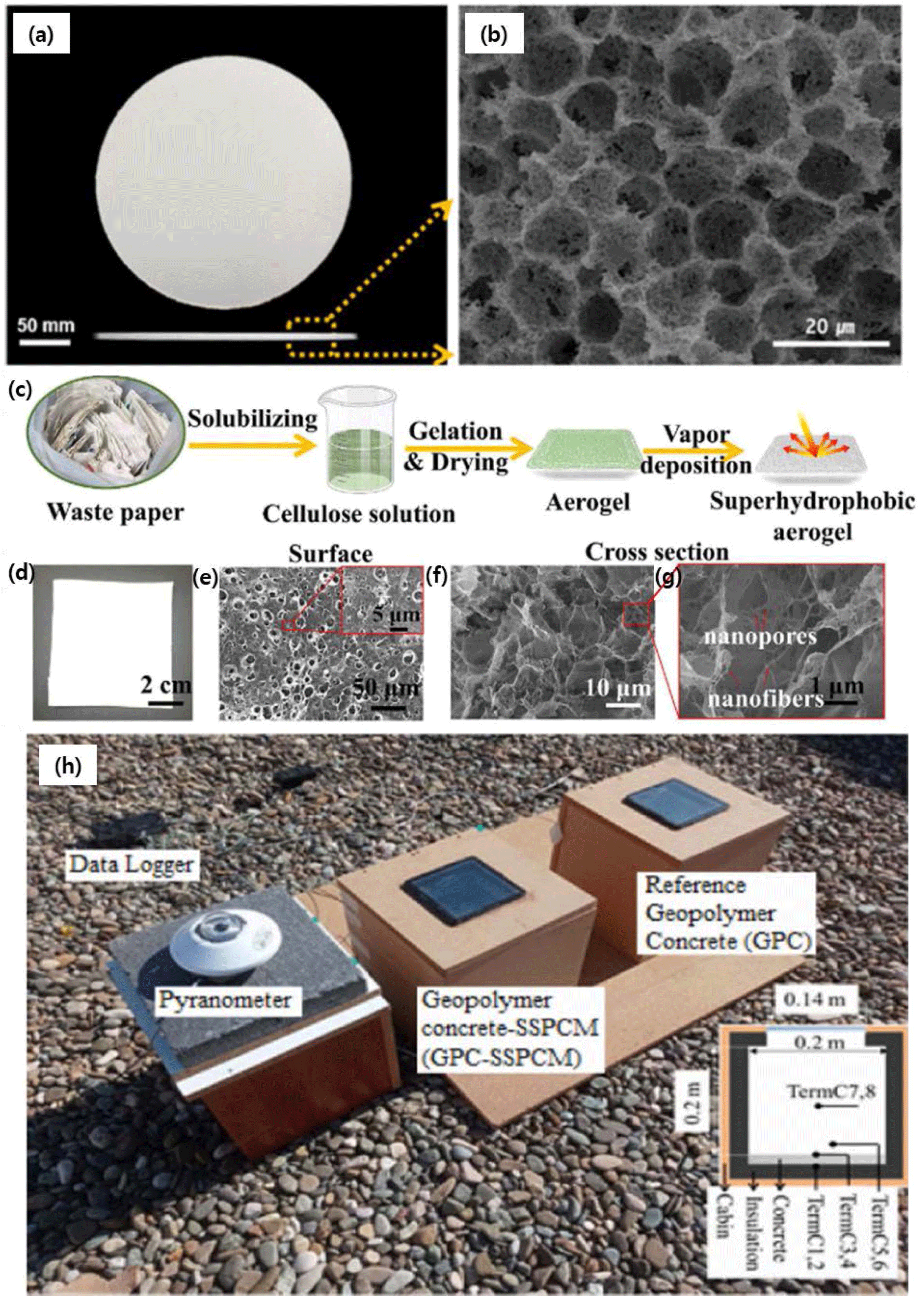
Passive radiation cooling using polymers has limited passive radiation cooling characteristics due to the limitations of the polymer material. To overcome this, additives can be added to improve physical properties as well as the properties used in passive radiation cooling. A flexible radiator was manufactured by arranging and coating uniform polystyrene (PS) microspheres on PDMS, which is a matrix, to improve solar reflectance and cooling performance.26 Studies using other polymers as additives have confirmed cooling performance by adding cellulose and silica27 [Figure 4(a), (b)].
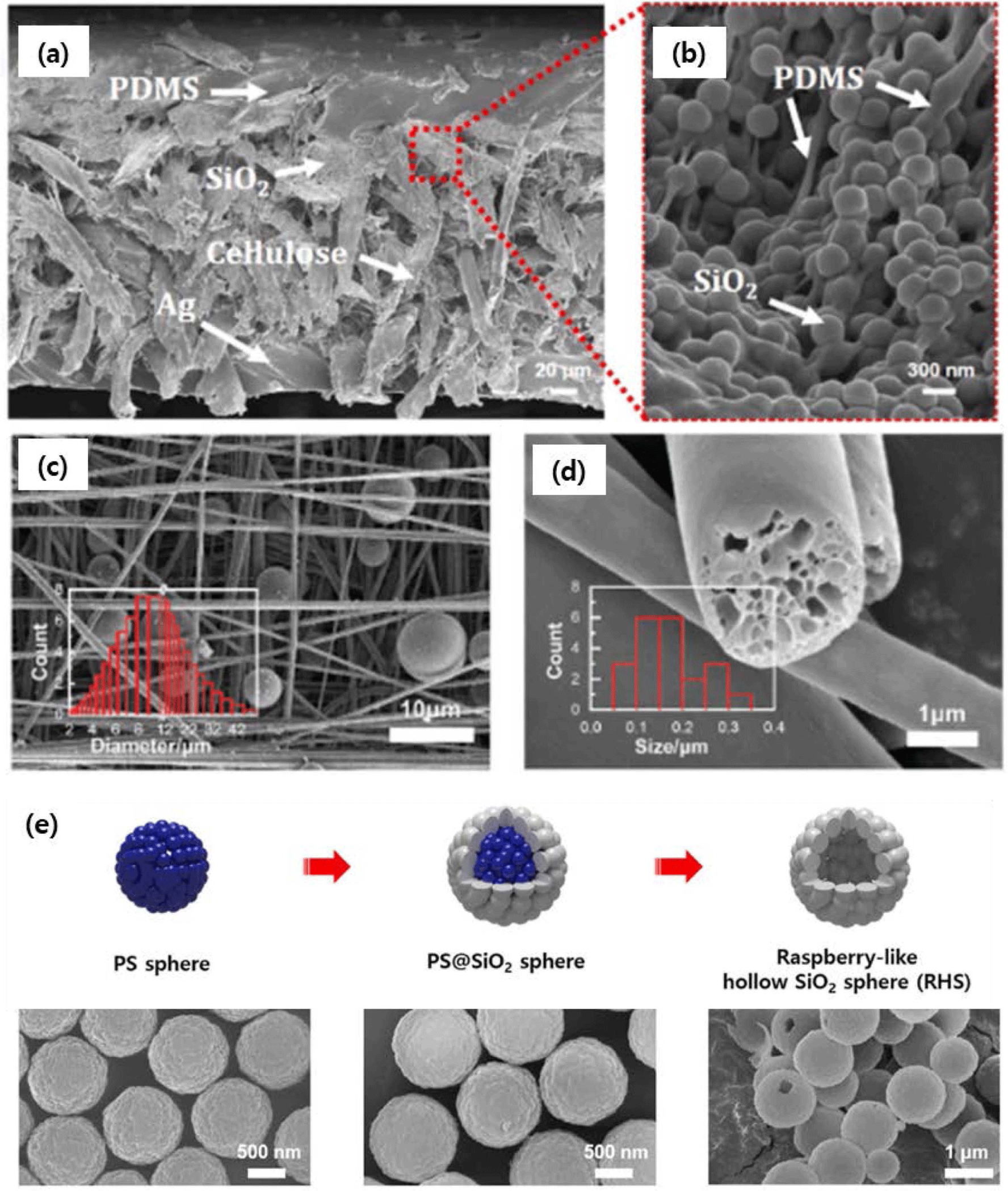
PRC research using minerals as additives was also conducted. In the case of inorganic materials, it was expected that not only solar reflectance, but also atmospheric window emissivity could be improved. As a result of computer simulation, it was confirmed that silica (SiO2) was the material with high atmospheric window emissivity among passive radiation cooling characteristics.28 Studies have reported that silica is used as an additive. After adding silica to PVDF used for passive radiation cooling, a radiation cooling material was developed that created pores. This structure has increased solar reflectance through pores and silica.29 A framework was prepared by electrospinning a solution of PVDF and (tetraethoxysilane) TEOS, and silica spheres were added to create a composite film. Cooling performance was improved by improving solar reflectance through the air void and silica present inside the framework30 [Figure 4(c), (d)].
In addition, research was conducted to improve radiation capacity through the design of the form of inorganic additives. A PRC film containing two types of inorganic oxides was manufactured by electrospinning polyacrylonitrile (PAN), silica, and Al2O3, and the cooling capacity was measured after covering it on a model car, and cooling of up to 9.67°C was confirmed.31 Additionally, a study was conducted to compare cooling performance depending on the morphology of additives. Analysis of PRC films using solid particles and hollow particles was also published, and it was confirmed that PRC films using hollow particles had higher solar reflectance and cooling performance compared to solid particles.9 Accordingly, research on hollow particles was also conducted, and research on the composition of particles was conducted by manufacturing hollow core-shells coated with Ti on hollow glass particles to improve the reflection ability and cooling ability in the solar range when the shell is doubled. It was confirmed that cooling was improved by about 2°C compared to the film using hollow particles.32 Hollow raspberry-like particles with an uneven external shape were developed. Compared to hollow particles with a flat exterior, higher solar light scattering, and reflectance were confirmed, and the cooling performance during daytime was reported to be 9.7°C33 [Figure 4(e)].
Recent Application Trends of Passive Radiative Cooling
To reduce the use of energy used for temperature control, research is underway to use PRCs for energy generation rather than just external cooling, which is expected to contribute to energy savings by replacing energy used for non-temperature control in the future34 [Figure 5(a)]. In solar power generation, the lower the temperature of the solar panel, the better the power generation performance. To address this, it has been reported that PRC materials have been used to reduce the temperature of solar panels and increase the amount of power generated35 [Figure 5(b)]. In addition, solar thermal power is generated using water, and cooling the heated water after solar thermal power generation is expected to contribute to solar thermal power generation, and related research has been reported using PRC to cool water36 [Figure 5(c), (d)].
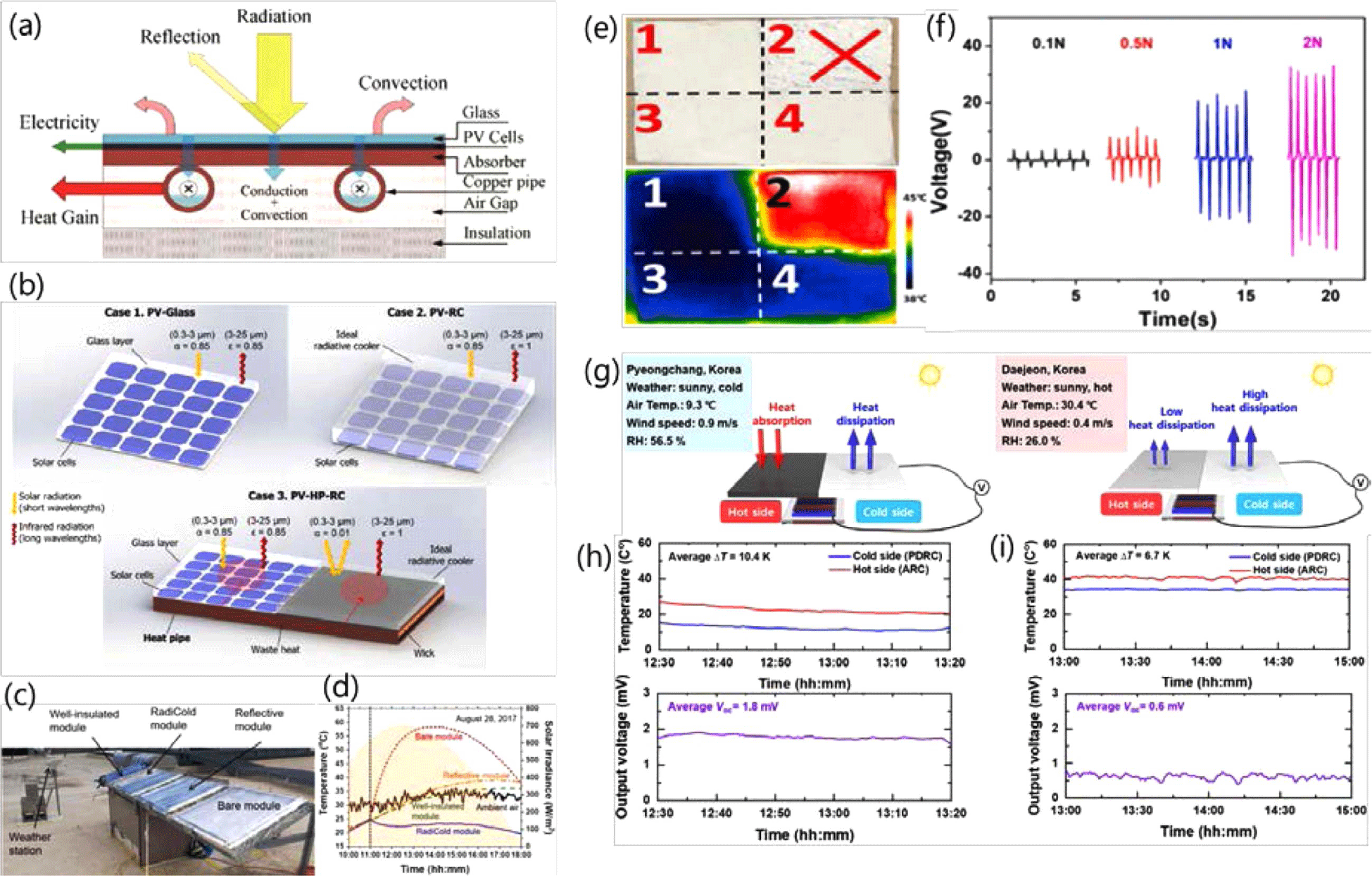
Passive radiation cooling materials applied to energy harvesting technologies other than solar have been investigated. Passive radiative cooling materials manufactured by electrospinning have been developed, as well as recyclable piezoelectric materials that generate electricity. It is reported that the cooling performance is used during the daytime, and electricity is generated due to the pressure of rain falling during rainy weather, which can be used for energy reduction37 [Figure 5(e), (f)]. Thermoelectricity has been studied using thermochromic materials that reduce radiative cooling performance when it is cold and improve radiative cooling performance when it is hot. A thermoelectric system was installed on a radiative cooling film and a normal film, and the possibility of improving cooling performance and generating electricity from thermoelectricity was confirmed38 [Figure 5(g)-(i)].
The purpose of conducting PRC research is to cool down by releasing internal heat to the outside, and technologies that can be used in real life must be developed at the same time. These studies are summarized in Table 1. To make PRC practical, it is necessary to wrap the exterior of existing objects, which can be done by using paint or coating, and a study combining these technologies with PRC has been reported.39-41 CaCO3 was added to acrylic-based paints to check their cooling performance compared to conventional paints. Compared to the commercial paint, the color of the CaCO3-added paint could not be identified visually, but it could be identified with an IR camera that can see the temperature difference.42 In another method, a porous thermoplastic urethanes (TPU) membrane was developed and applied to the vehicle, and a temperature difference of up to 18°C was confirmed compared to the area without the TPU membrane.43 We also compared the radiative cooling performance of coatings produced by spray coating, and found that samples spray-coated with a silica-based polymer called polymethylsilsesquioxane (PMSQ) on a mirror using Vikuiti (3M, Vikuiti Enhanced Solar Reflector ESR film) were up to 10.11°C cooler than the ambient temperature.44
| Authors | Morphology/structure/materials | Applications | Radiative cooling property (Solar reflectivity RSun, atmospheric indow emissivity EAWIR |
|---|---|---|---|
| Luo H.39 et al. |
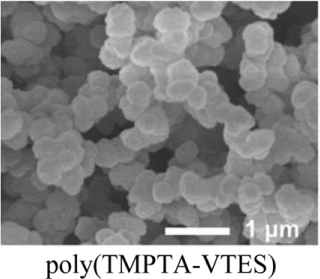
|
Building exterior coating |
RSun= 0.96 EAWIR = 0.98 |
| Tao S.40 et al. |
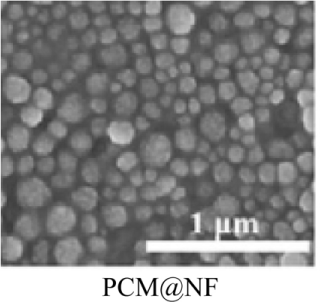
|
Spray coating |
RSun= 0.93 EAWIR = 0.83 |
| Wang S.41 et al. |
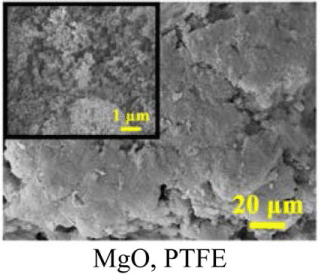
|
LED |
RSun= 0.88 EAWIR = 0.92 |
| Li X.42 et al. |
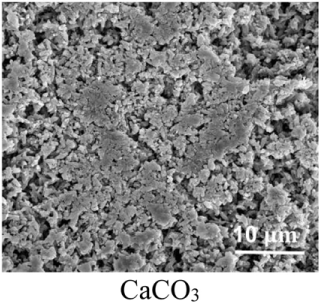
|
Paint |
RSun= 0.955 EAWIR = 0.94 |
| Song Y.43 et al. |
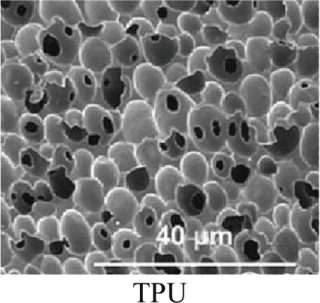
|
Automobile |
RSun= 0.93 EAWIR = 0.95 |
| Carlosena L.44 et al. |
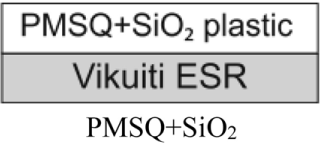
|
Spray coating |
RSun= 0.97 EAWIR = 0.89 |
| Xie X.45 et al. |
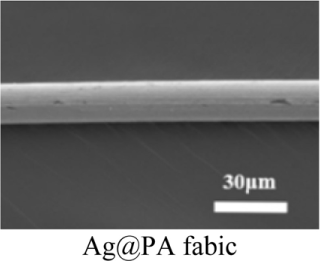
|
Fabric | EAWIR = 0.69 |
| Lin K.46 et al. |
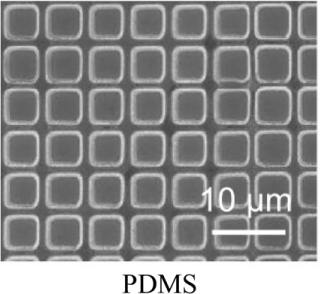
|
Fabric, automobile, building |
RSun= 0.95 EAWIR = 0.96 |
| Zhang J.47 et al. |
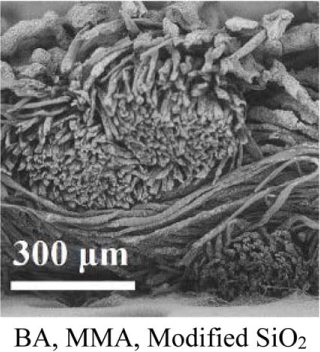
|
Fabric |
RSun= 0.89 EAWIR = 0.91 |
| Feng S.48 et al. |
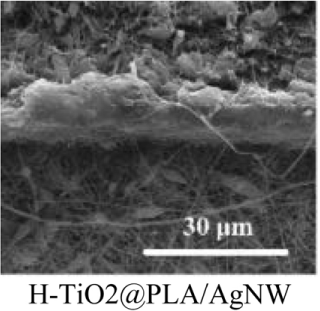
|
Fabric |
RSun= 0.96 EAWIR = 0.85 |
| Zhao X.49 et al. |
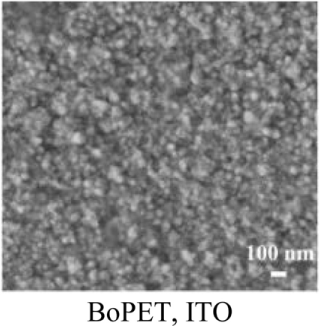
|
Window |
RSun= 0.17-0.89 EAWIR = 0.96 |
In addition to applications in buildings and vehicles, passive radiant cooling studies have been reported for clothing. The radiative cooling performance of Ag coating on polyamide (PA) textile was checked. The coating method was dip coating, and the cooling performance of up to 0.9°C was confirmed outdoors, and it is expected to achieve active heat preservation through joule heating using static electricity generated in cold winter.45 Polyethylene terephthalate (PET) films manufactured by a roll-to-roll process were applied to protective clothing and vehicles, and the maximum temperature difference from the control group was reported to be 11.9°C for clothing and 5.6°C for vehicle hoods.46 Previous studies have limited the color of the material to white to increase solar reflectivity. However, as the color is visible to the outside world, it is important to have a color representation, and this has been studied. A colored PRC cotton fabric was developed by coating cotton fabric with modified silica and adding pigments to produce color. In terms of cooling performance, a temperature reduction of 2.5-4.7°C was confirmed based on the same color, and excellent mechanical property and anti UV aging property were confirmed.47 In addition, studies have been reported on temperature control not only by cooling but also by heating. By applying PRC coating on one side and solar heating coating on the other side, temperature control during daytime was attempted.48-50 If such a study is conducted for practical use, it is expected to develop a material that has various colors and can be cooled and heated as desired.
Computer Aided Approaches
Currently, not only PRC but also other research fields are efficiently conducted through deep learning programs such as Chat GPT. To understand this and apply it to the PRC, we examined studies that used computer simulation and deep learning. Initially, the computer simulations in the PRC study were based on the wavelengths absorbed by the atmosphere and the wavelengths and intensity of sunlight1,51 [Figure 6(a), (b)]. The optical properties of the particles can then be analyzed, for example by finite-difference time-domain method (FDTD), and the results of the analysis can be used to determine the scattering of the sunlight bands by the additive particles in the PRC film through scattering efficiency and electric field distribution26,52,53 [Figure 6(c), (d)]. In the case of scattering efficiency, a high and wavy pattern indicates good scattering, which indirectly affects the reflection of sunlight. The electric field distribution images the electric field generated when a particle is irradiated with a specific wavelength of radio waves. If the particle is red in color when the wavelength enters the particle, scattering occurs inside the particle and backscattering occurs, and the bluer the particle is when the wavelength leaves the particle, the less transmission occurs through scattering, indicating less absorption and more reflection of sunlight.
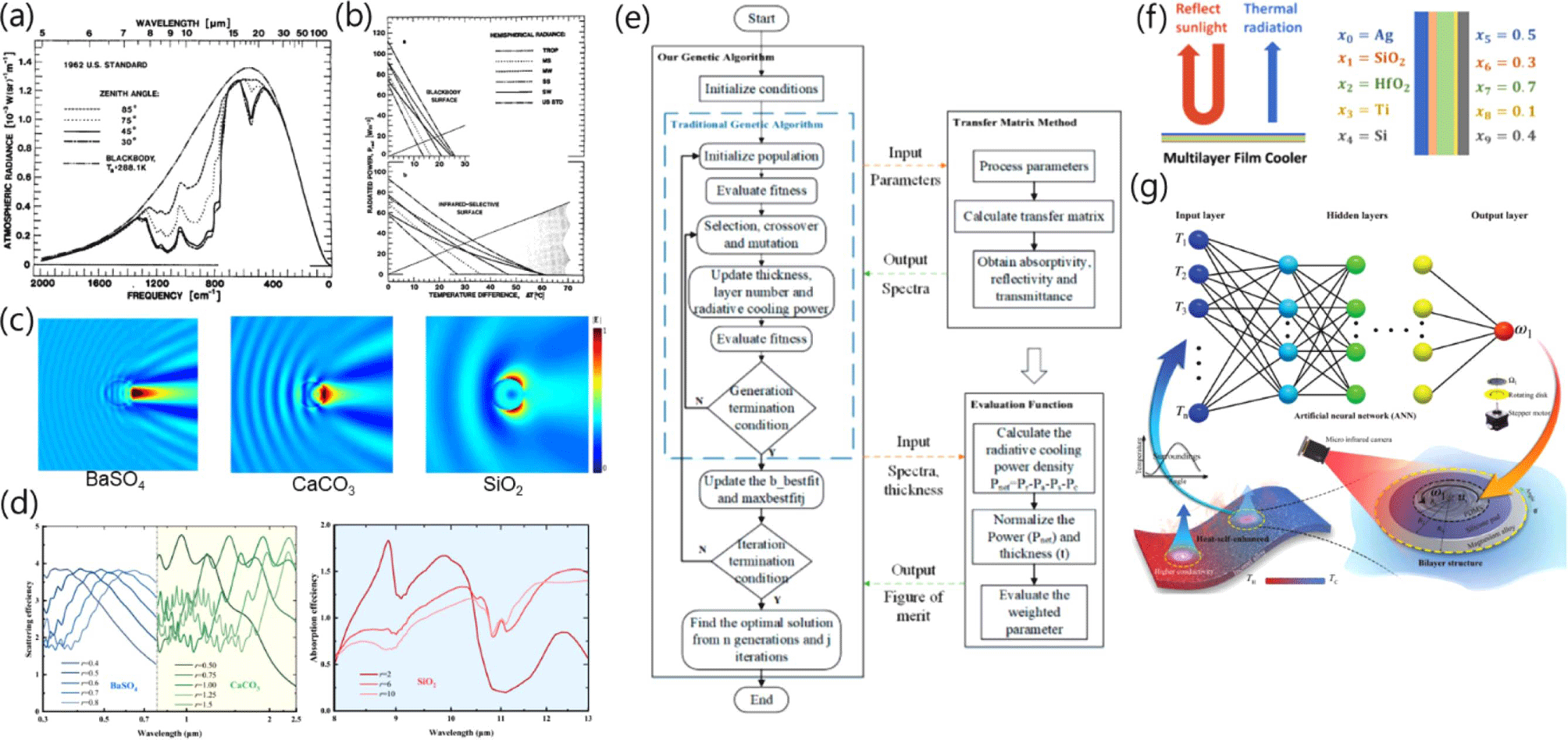
Later, an algorithmic PRC study was reported54 [Figure 6(e)]. The algorithm can calculate the cooling power, which is a theoretical value obtained by calculating the optical properties and external experimental temperature data obtained from the PRC study55 [Figure 6(f)]. A study was reported in which deep learning was used to obtain the optimal ratio of different materials used in PRCs. This has been shown to allow repeated experiments to be carried out with minimal efficiency56 [Figure 6(g)].
Conclusions
Passive radiative cooling (PRC) is a promising technology that can cool objects without the need for energy input. This can lead to energy savings and help to reduce environmental problems such as global warming and air pollution. To achieve PRC during the daytime, when solar radiation is strong, materials must have high reflectance of solar radiation and high emissivity in the atmospheric window region. The atmospheric window region is a range of wavelengths (8-13 μm) in which the Earth's atmosphere is transparent to thermal radiation. Research on PRC has shown that elastomers with high flexibility tend to have high emissivity in the atmospheric window region. This is because elastomers have a large surface area per unit volume, which allows them to emit thermal radiation more efficiently. Current research on PRC targets a trifecta: maximizing emissivity within the atmospheric window, reflecting solar radiation like a champion, and exploring further functional enhancements. This translates to key efforts like designing novel elastomers doped with organic or inorganic nanoparticles for elevated atmospheric emissivity. New coating techniques are also under development, utilizing chemical or physical deposition methods to boost emissivity on existing materials. Finally, innovative PRC device structures are being explored, aiming to optimize optical properties and unlock even greater cooling performance. It is important to remember that PRC's potential extends beyond mere cooling, as it has shown promise in improving energy harvesting and even generating electricity through thermoelectric. These exciting developments pave the way for a future were PRC's versatility shines even brighter.